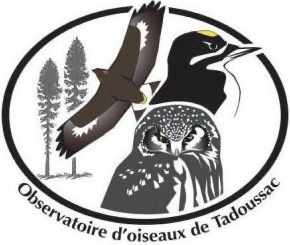The data gathered contributes significantly to the advancement of knowledge on bird migration, and the results have been published in several internationally renowned scientific journals.
Boreal songbird monitoring program
The geographic location of Tadoussac Bird Observatory makes it a sentinel of the boreal forest, on the most important migratory corridor along the St. Lawrence River.
Spring
Ongoing since 2018, TBO monitors songbird migration via bird banding at Maison de la Mer in Les Bergeronnes. This program focuses primarily on neotropical passerines migrating from their wintering grounds to their nesting sites. This station, strategically located along the river in the midst of shrubby vegetation, is one of the most northerly located in eastern Canada.
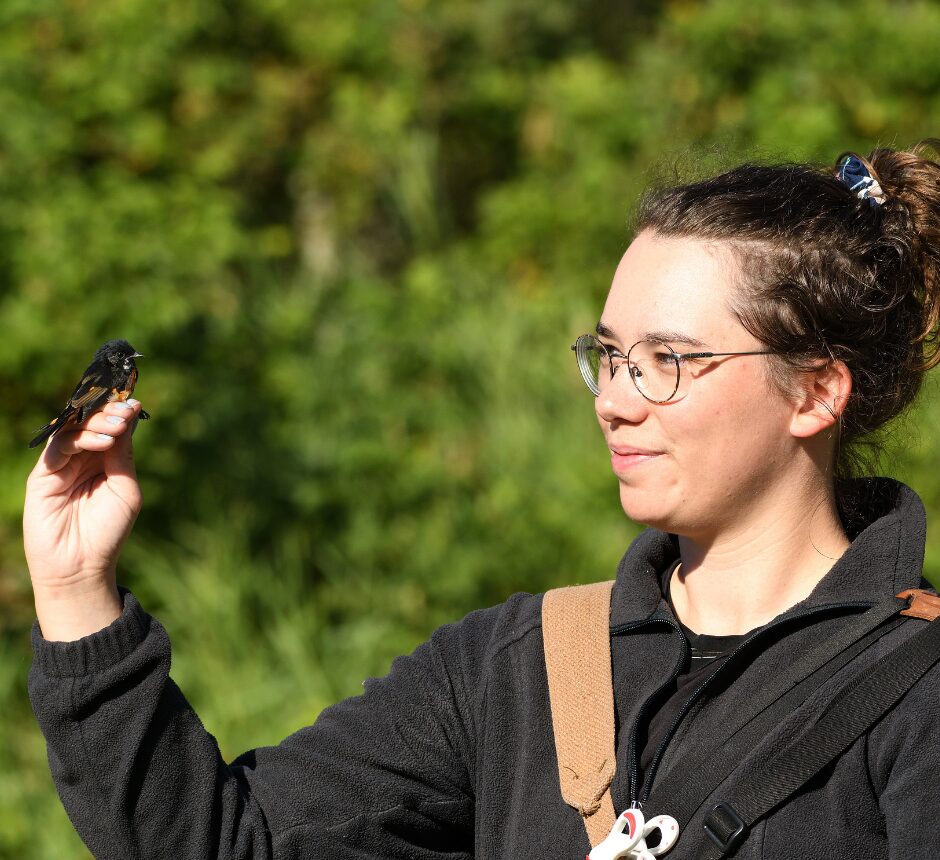
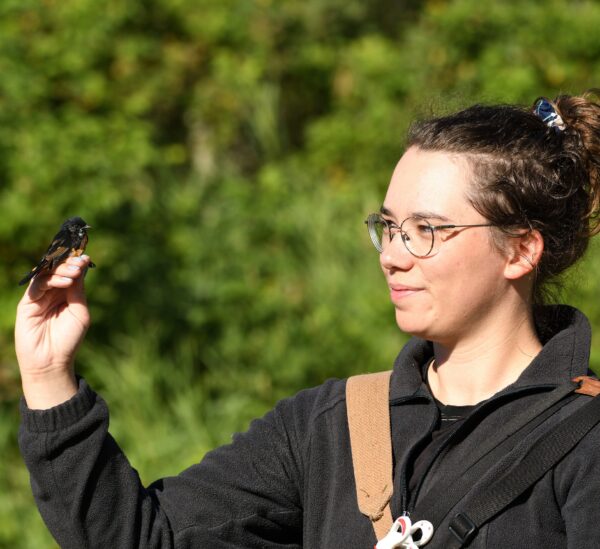
This program provides crucial data on the health of migrating songbirds. It also provides data to understand the phenomenon of reverse migration.
The project provides an amazing training opportunity, enabling students from numerous schools, univeristies and colleges to learn and refine their bird banding skills.
Autumn – Special projects
Since the late 1990s, the TBO has collaborated on targeted capture projects for passerines and woodpeckers exhibiting diurnal migratory behavior. These projects complement the visual surveys by obtaining data such as body condition, sex ratio and age of individuals transiting over the Tadoussac dunes.
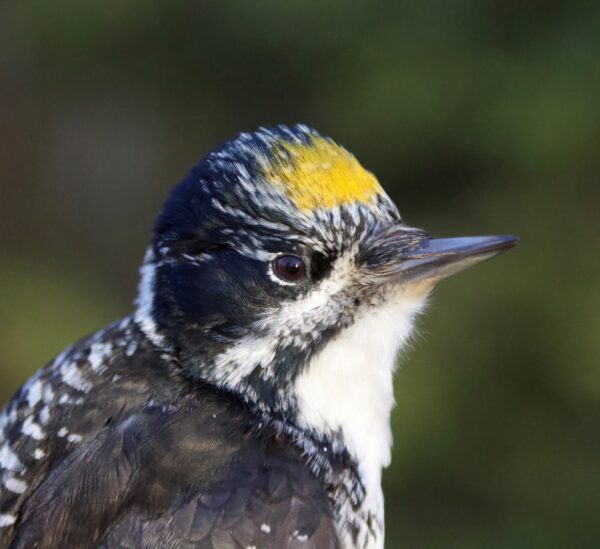
A northern, strategic location
These specific projects, aim to answer specific questions, such as the origin of birds transiting through Tadoussac, the state of health of bird populations generally, and assessing the migratory routes taken by individual birds.
The dunes site, with its strategic location as well as diversity and abundance of birds, also lends itself very well to the implementation of master’s and doctoral projects.
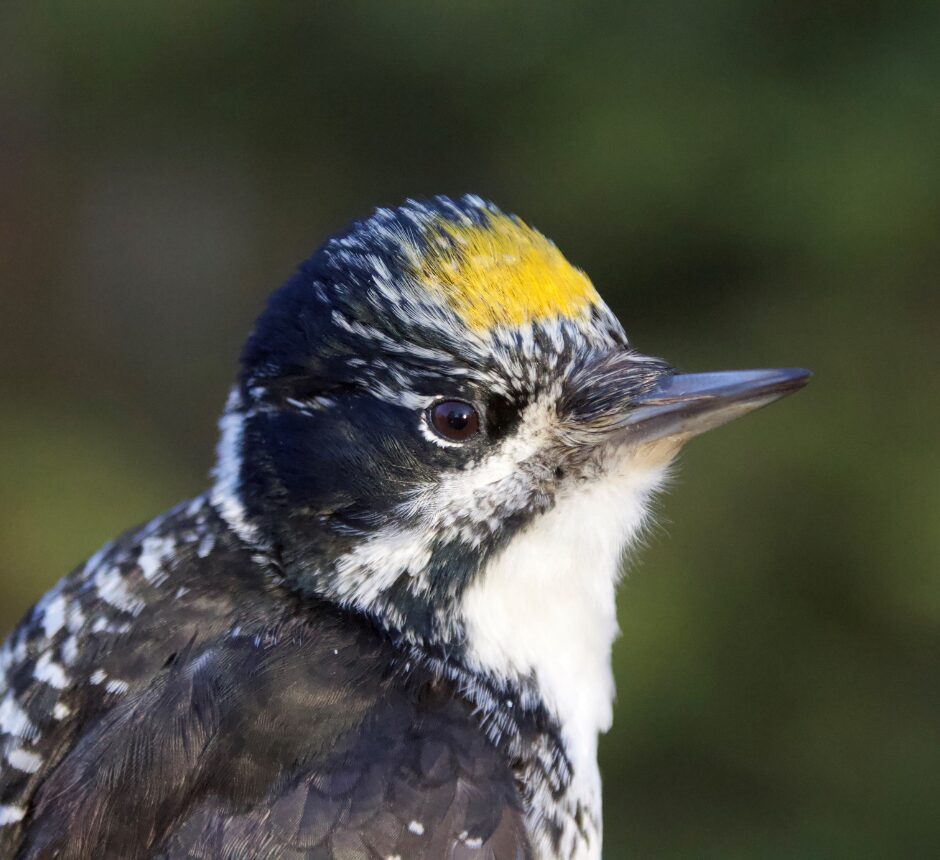
Recaptures
The Tadoussac Bird Observatory is strategically located at the southern edge of the boreal forest, in the heart of Quebec’s most important fall migration corridor.

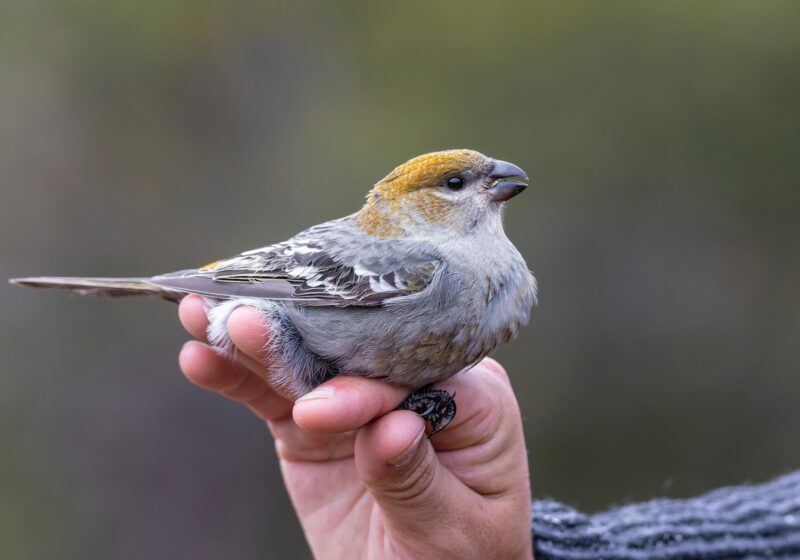
Monitoring irruptive species
Ongoing since 2007, this project aims to assess the biological triggers of bird irruptions when some species invade a region in a given year whereas being at much lower abundances in other years.
As the numbers observed are particularly variable from year to year, banding provides us with additional information on individuals.
Indeed, TBO records the age of every individuals captured which gives us an idea of the annual reproductive success. TBO also records body condition of the individuals passing through the site.
This monitoring, unique for these species in northeastern North America, represents an invaluable source of information to understand the state of populations and the factors dictating the cycles observed.
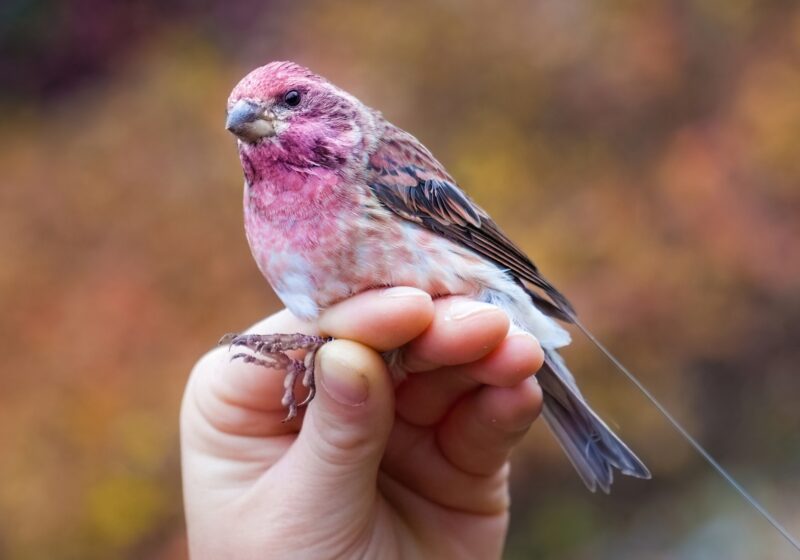
Motus Wildlife Tracking System
The Motus Wildlife Monitoring System (Motus meaning “movement” in Latin) is considered the world’s most ambitious bird-tracking project. Initially launched in Ontario in 2014, this project uses a network of antennas positioned across North America to detect signals emitted by nano-transmitters placed on various animals, mainly birds.
Beginning in 2014, TBO equipped individual birds with these tiny transmitters from over ten different species, leading to the publication of several scientific articles in internationally renowned journals. The data generated by this project opens up new research perspectives, notably on migratory trajectories, migration duration and wintering grounds.
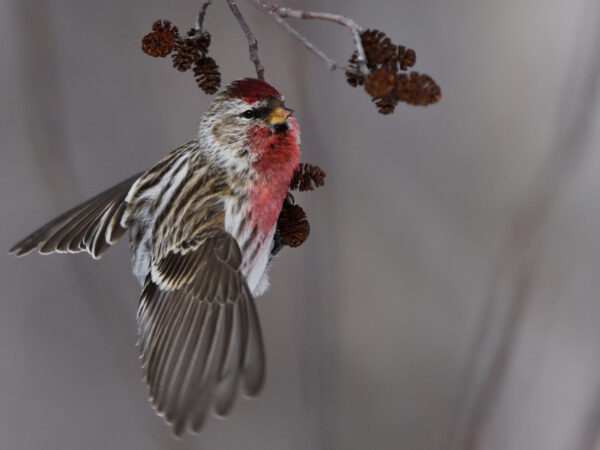
Irruptives species
An irruption is a sudden increase in the abundance of a species, usually due to food availability. TBO is at the forefront of documenting species irruptions. Some years, it is not uncommon to observe tens of thousands of birds, annual residents of the boreal forest, moving further south in search of food. Irruptive species include Redpolls, Crossbills, Evening Grosbeaks and Boreal Chickadees.
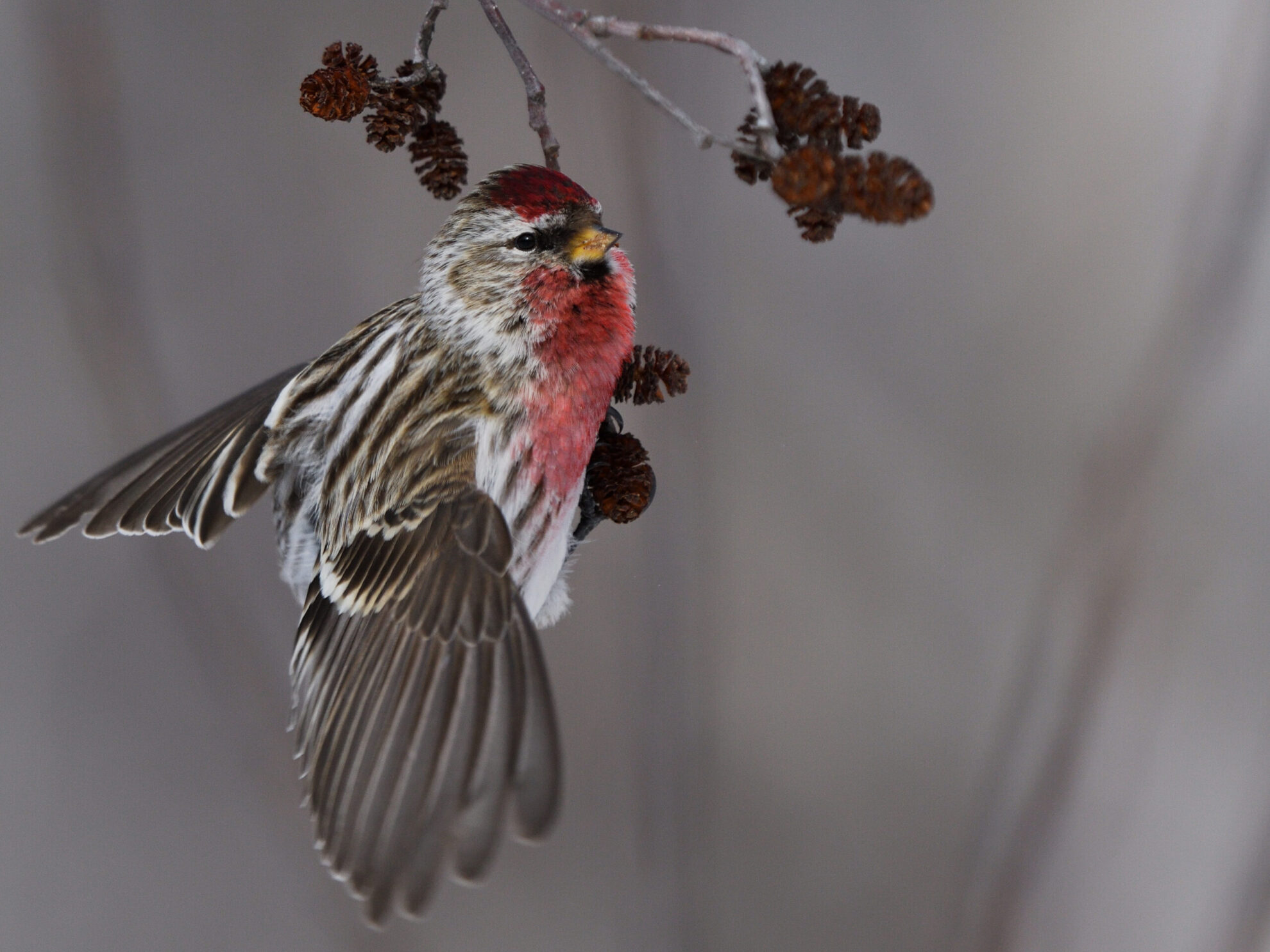
Want to help out? Become a volunteer!
Since its creation, the pursuit of various bird banding programs has been made possible thanks to the involvement of a large number of volunteers.
